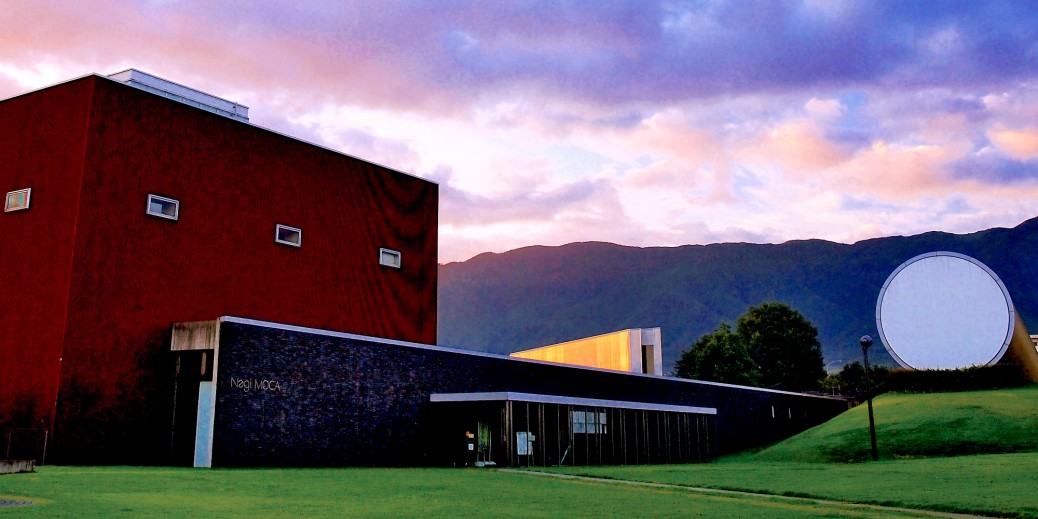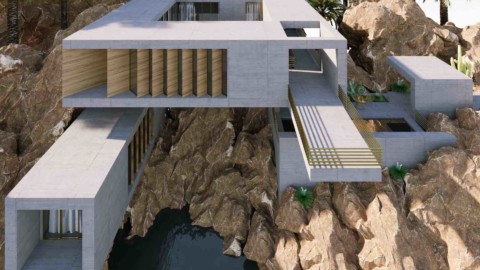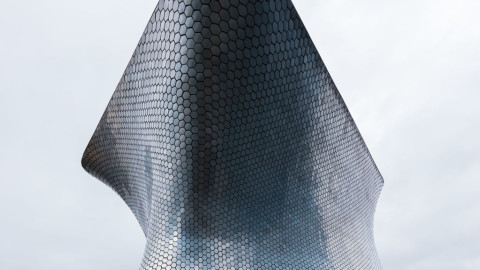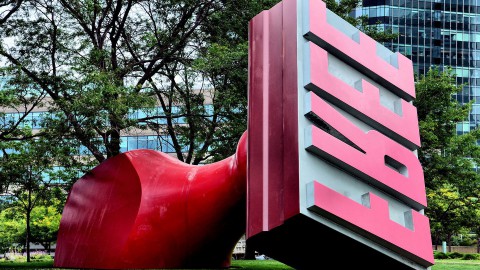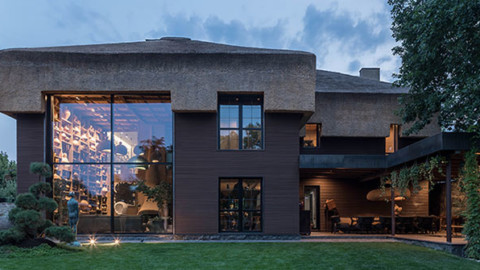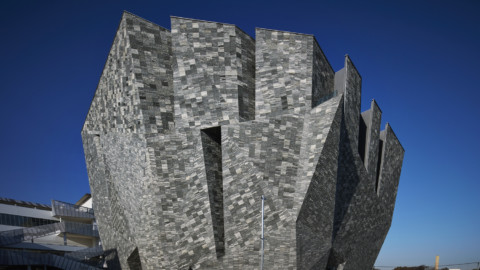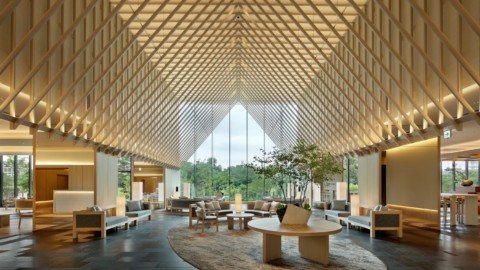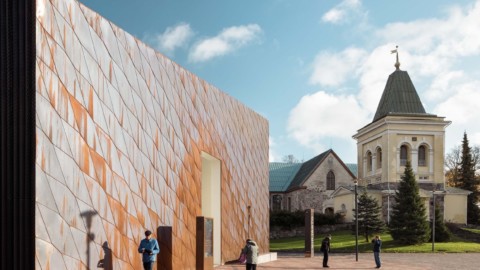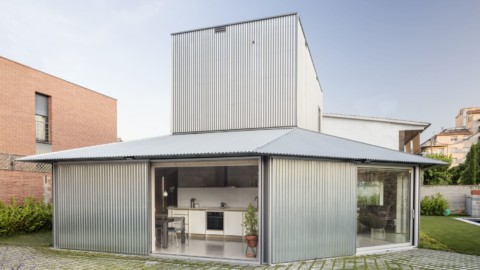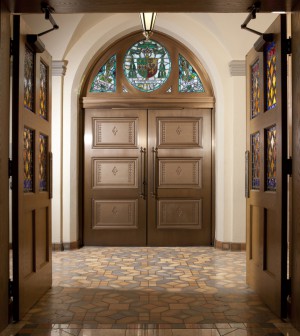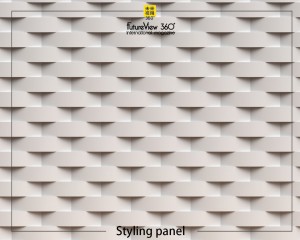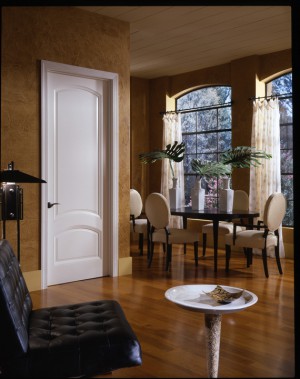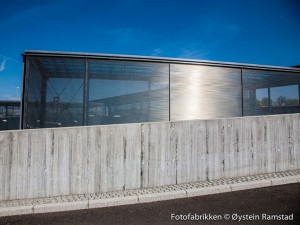Nagi Museum of Contemporary Art 納吉當代藝術博物館
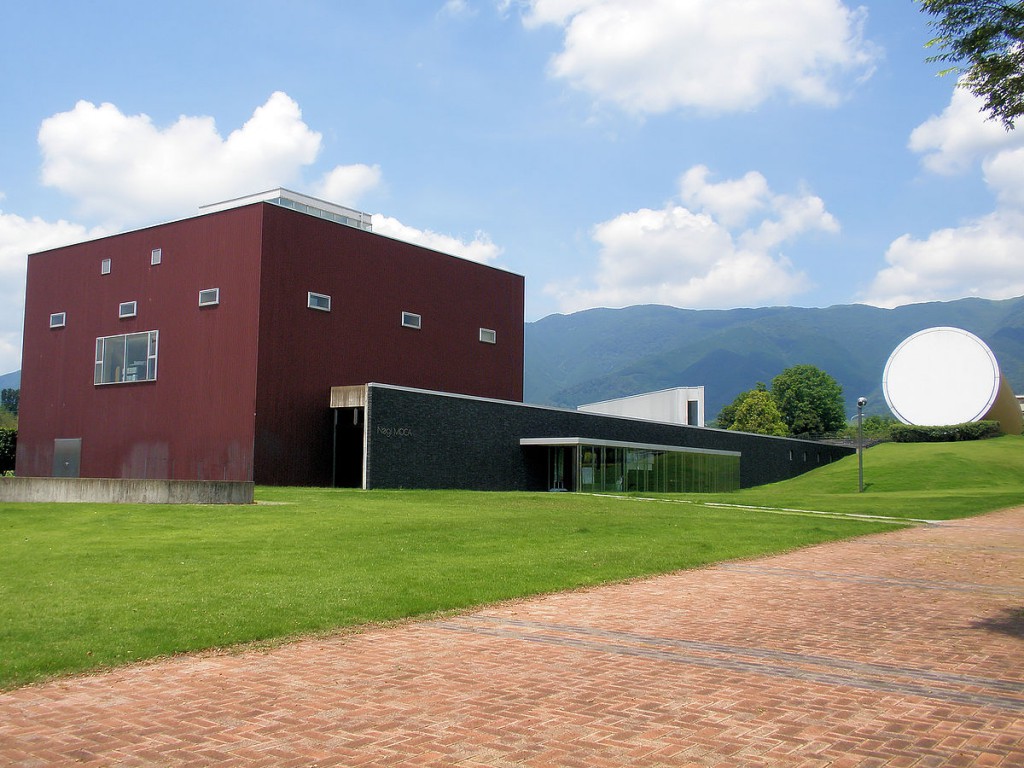
The Nagi Museum Of Contemporary Art (Nagi MOCA) (奈義町現代美術館 Nagi-chō Gendai Bijutsukan) is a museum in Nagi, Okayama, Japan. It was jointly created by architect Arata Isozaki and artists whose works are displayed.
Nagi當代藝術博物館(Nagi MOCA)(奈義町現代美術館Nagi-chōGendaiBijutsukan)是日本岡山縣Nagi的博物館。 它由建築師Arata Isozaki和展出作品的藝術家共同創作。
Established:April 25, 1994
Location:Nagi, Okayama, Japan
成立時間:1994年4月25日
地點:日本岡山縣Nagi
The Nagi Museum of Contemporary Art is located in the small town of Nagi, in the northern part of Okayama Prefecture. Established in 1994, the museum is constructed in harmony with nature, built in alignment with the path of the full moon in autumn. The three exhibition spaces are named ‘Sun’, ‘Moon’ and ‘Earth’. Each section is a ‘site specific’ permanent exhibit, with the architecture and the interior details being the artworks.
Unlike most museums where the space is created before the artworks arrive, the Nagi Museum of Contemporary Art was created in order to be an artwork itself, from the beginning. The museum was created by the architect Arata Isozaki, along with the artists Kazuo Okazaki, Shusaku Arakawa + Madeline Gins, and Aiko Miyawaki.
Nagi當代藝術博物館位於岡山縣北部的Nagi小鎮。 該博物館建於1994年,與自然和諧共處,與秋天的滿月路徑保持一致。 這三個展覽空間被命名為“太陽”,“月亮”和“地球”。 每個部分都是一個“特定地點”的永久展覽,其中的建築和內部細節是藝術品。
與藝術品到來之前創作空間的大多數博物館不同,Nagi當代藝術博物館的創建是為了從一開始就成為一件藝術品。 該博物館由建築師Arata Isozaki與藝術家Kazuo Okazaki,Shusaku Arakawa + Madeline Gins和Aiko Miyawaki共同創作。
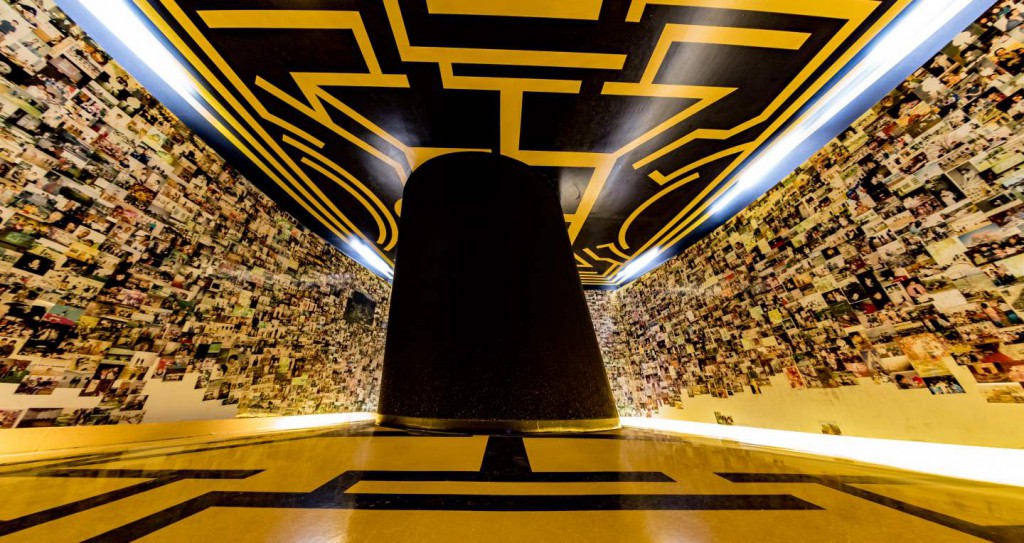
Commissioned for the Nagi Museum of Contemporary Art, it is one of three large-scale permanent installations, identified as the sun, moon and earth, that are part of the museum built by Arata Isozaki. The other permanent installations are by Kazuo Okazaki (moon) and Aiko Miyawaki (earth).
The sun by Arakawa and Gins appears as a large cylindrical tube attached to the museum building. Visitors enter the structure from below within a small room in the museum with the floors and ceiling painted in black and yellow in a maze motif. A black leaning column in its center contains a spiral staircase that leads visitors initially into darkness and then into the light saturated space above. Upon entering the cylindrical room, visitors must reorient their bodies as the tilted floor causes a sense of dislocation. The south-facing room contains two versions of the famous Ryoanji Garden in Kyoto, opposing each other on the walls. The floor and ceiling are bisected length ways by two colors: grey and red on the floor, and grey and green on the ceiling. A curved bench and a see saw are attached to the floor mirrored on the ceiling at different scales.
Describing the experience in the museum catalogue, Koji Takahashi, a curator at the National Gallery of Modern Art, Tokyo wrote, “the small entrance room, the stairway and the cylindrical room present an exercise in perception and physical experience. The balance between self-consciousness and the perception of one’s body is broken down, the ‘axis’ shifts, consciousness leans out, is ‘doubled’ and ‘something’ emerges. This ‘something’ existed in the perceptions of a newborn child. We have forgotten it in growing up.”
受委託為Nagi當代藝術博物館,它是三個大型永久性裝置之一,被確定為太陽,月亮和地球,是Arata Isozaki建造的博物館的一部分。其他永久性設施由Kazuo Okazaki(月亮)和Aiko Miyawaki(地球)組成。
Arakawa和Gins的太陽看起來像是一個連接到博物館建築的大圓柱形管。參觀者從博物館的一個小房間內進入下面的結構,地板和天花板以黑色和黃色塗成迷宮圖案。在其中心的黑色斜柱包含一個螺旋樓梯,引導遊客最初進入黑暗,然後進入上面的光飽和空間。進入圓柱形房間後,遊客必須重新定位自己的身體,因為傾斜的地板會產生錯位感。朝南的房間包含兩個版本的京都著名的Ryoanji花園,牆上相互對立。地板和天花板是兩種顏色的平分長度方式:地板上的灰色和紅色,天花板上的灰色和綠色。在天花板上以不同比例鏡像的地板上安裝了一個彎曲的長凳和一把鋸。
東京國家現代藝術館館長Koji Takahashi描述了博物館目錄中的經驗,他寫道:“小入口室,樓梯和圓柱形房間提供了一種感知和體驗練習。自我意識和對自己身體的感知之間的平衡被打破,“軸”轉移,意識傾斜,“加倍”和“某事”出現。這種“某種東西”存在於對新生兒的看法中。我們在成長過程中已經忘記了它。“
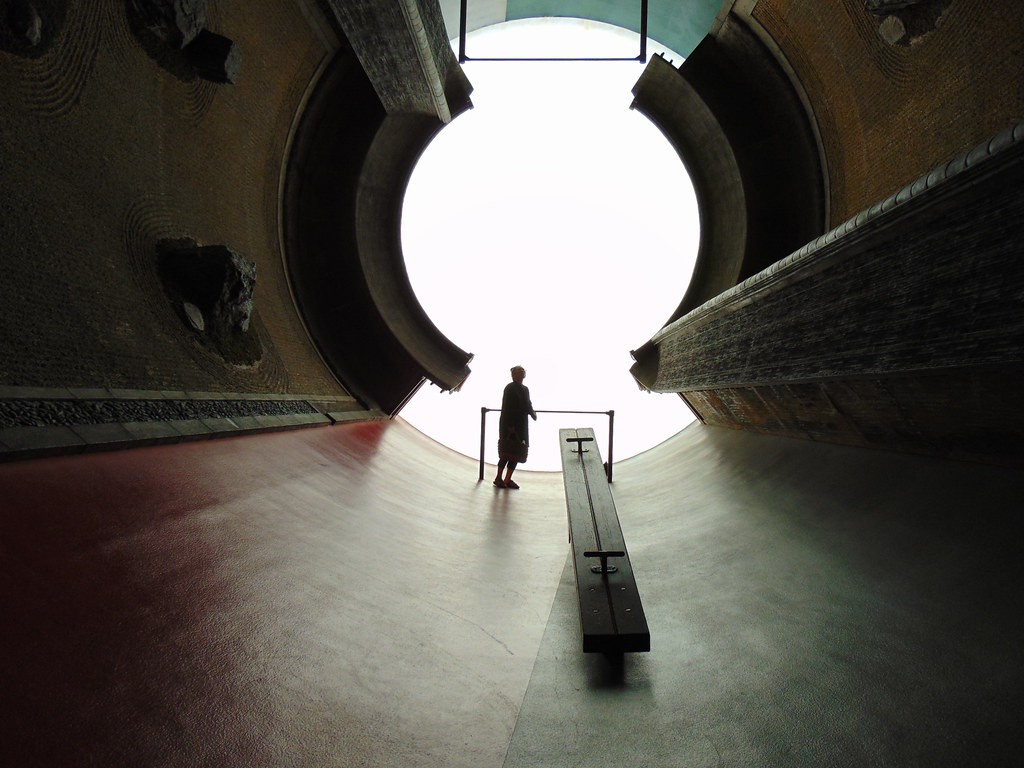
FROM:http://www.reversibledestiny.org/architecture/ubiquitous-site-nagi-s-ryoanji-architectural-body
https://www.visitwestjapan.com/sightseeing-spots/okayama/nagi-town/nagi-museum-of-contemporary-art/
Don’t you think it’s addictive?
Want to know more about the beauty of architecture?
Come and join our members to explore the beauty of architectural design.
覺得看得不過癮嗎?
想要知道更多建築之美嗎?
快來加入我們的會員,一同探索建築設計之美。
The above article is purely for appreciation and sharing purposes, as well as the construction of new technology and the public can be in-depth understanding of the information at the same time there are sources, will be able to query, no use of the document as a commercial transaction, if illegal, please inform the We will immediately remove the site, thank you for cooperation.
以上文章純粹作為欣賞及分享用途,以及將建築新型技術傳遞給與大眾能夠深入了解,同時資料還有來源,將可查詢,絕無使用該文件資料作為商業交易行為,如有違法請務必告知該網站我們將立即處理撤除,謝謝合作。

